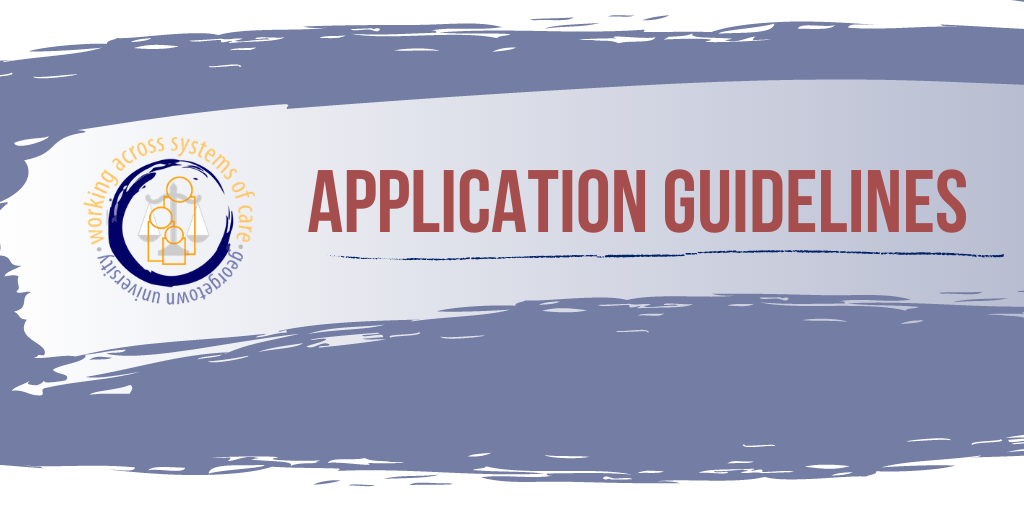Multi-System Integration
The Juvenile Justice and Child Welfare: Multi-System Integration Certificate Program is a week-long period of intensive study designed for those who want to improve outcomes for crossover youth by improving multi-system integration and collaboration. The purpose of the program is to unite current and future leaders and increase their knowledge on multi-system reform, cultivate their leadership skills, improve the operation of their organizations, and create a mutually supportive network of individuals across the country committed to systems improvement and reform.
Participants in the Multi-System Integration Certificate Program receive instruction from national experts on cutting edge ideas, policies and practices including multi-system approaches, cost efficiency procedures, collaborative leadership techniques and proactive communication strategies. Upon completion, participants receive an Executive Certificate from Georgetown University, membership into CJJR’s Fellows Network and ongoing support from its staff.
Curriculum
Participants will study and utilize the practices and policies identified through the Center’s ongoing investigation and research. The curriculum will employ adult learning principles and combine didactic instruction with self-directed learning and practical application. Brief descriptions of the program modules are provided below.
Application Guidelines
Tuition & Application
This Certificate Program was last held November 10-16, 2016. Check back here to see when we will host the program again.
Please direct any questions to jjreform@georgetown.edu.
Team Composition
While there are no minimum education or experience requirements to apply, a preference will be given to those in a position to move reform efforts forward upon completion of the program. Participants can be individuals working on best practices regarding multi-system integration at the local, state, or national levels.
Applicants are strongly encouraged to apply as a team of up to seven individuals from the same jurisdiction. While each application will be reviewed on an individual basis, the value of this team approach will be considered in our review of applicants. CJJR particularly encourages teams comprised of both public and private agency leaders.
Teams should be comprised of applicants with demonstrated readiness for implementing reforms, especially efforts that engage leaders in other systems, and their agency’s relationship with other child-serving agencies. Team members can be senior level professionals in the juvenile justice, child welfare, mental health, education and other related systems of care.
This program is NOT accepting applications from students who do not also hold a professional role in a child serving organization.
More Information

As part of the Certificate Program, participants are required to develop and implement a Capstone Project during the twelve-month period following the completion of their Certificate Program session.

The primary goal of all of our Certificate Programs is not simply knowledge, but effective implementation in a local reform effort. We study “what works” and collaborate with leaders to bridge the gap between theory and practice.
